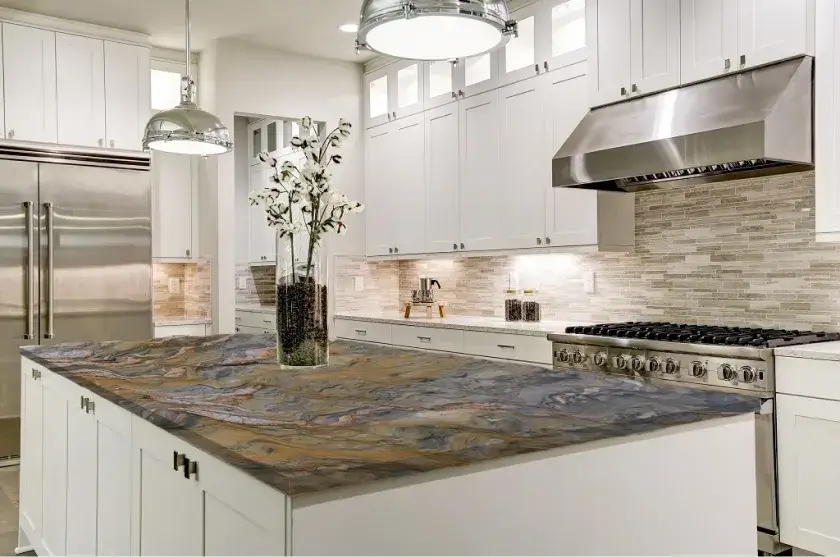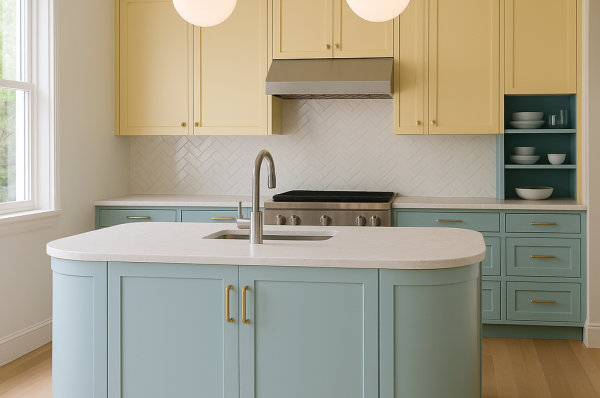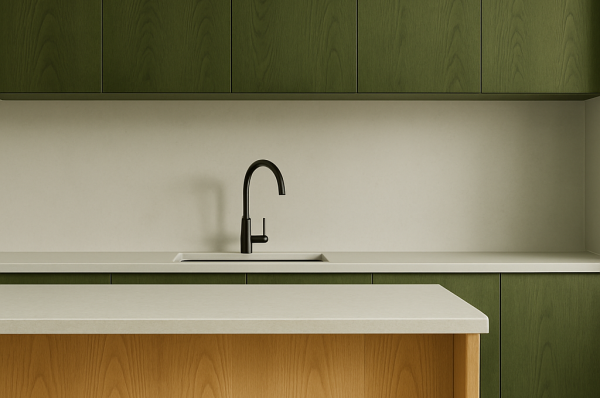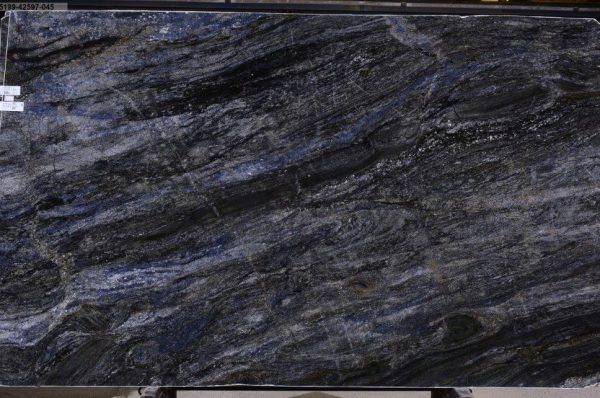“Which is better for my kitchen? Quartzite or granite countertops?”
This is one of the most common questions that is asked by our customers. When it comes to upgrading your kitchen or bathroom countertops, choosing the right material is one of the most important decisions you’ll make. After all, your countertops need to withstand daily wear and tear and add style to your room. Among the many materials available, both man-made and natural, two often top the list for homeowners and designers – granite and quartzite. Both offer a luxurious look, impressive durability, and distinct qualities that make them stand out.
But, how do you choose between them?
Granite is a timeless natural material, as it is known for its impressive strength and wide range of colors. Quartzite, on the other hand, often displays elegantly soft shades of color, mimicking the appearance of marble. Interestingly, quartzite ranks higher on the Mohs scale of hardness than granite (7-8 and 6 to 6.5 respectively), which means it is even more resistant to scratches. In fact, both granite and quartzite are the hardest countertop materials you can find.
In this article, we’ll compare the key differences between granite and quartzite, and help you determine which one best suits your lifestyle and design needs.
What are Quartzite and Granite?
Both quartzite and granite are natural stones, but they are formed over time in different ways. Granite is an igneous rock. When molten rock cools and solidifies, it results in a tough, durable material that is resistant to chipping, scratching, and heat. It’s composed of minerals like quartz, feldspar, and mica, which give it its unique texture and color palette.
Quartzite naturally begins as sandstone, but after being exposed to extreme heat and pressure deep within the earth, it transforms into an even harder material. It is incredibly strong and has a sleek, marble-like appearance, which is why many people are drawn to it.
Granite vs. Quartzite: Differences You Should Know About
Is quartzite better than granite? This is a fairly common question we often hear from our clients. You may have already found the answer to it above, but let’s take a closer look at their differences and compare granite & quartzite countertops to help you pick the perfect fit for your kitchen or bathroom.
Durability: Which Is Tougher?
Both materials are very durable, but quartzite is known for being even harder than granite. This makes it extremely scratch-resistant, which is a big plus for heavily used kitchens. However, that extreme hardness also makes quartzite harder to cut and shape, so installation can be trickier.
Granite, while not as hard as quartzite, is still very strong and can easily handle the wear and tear of daily use. This is exactly the case when you don’t have to worry about putting a hot frying pan on the surface or accidentally walking over it with a knife while chopping vegetables. It’s also somewhat easier to work with, which gives it a slight edge in terms of versatility for customized designs.
Appearance and Aesthetic
When it comes to appearance, granite is a more striking option. You can find it in a huge variety of shades and patterns – everything from dark blacks and greens to vibrant reds, blues, and even golds. This diversity makes granite a popular choice for homeowners who want a unique countertop that stands out from the rest.
On the contrary, quartzite has a more subtle, elegant look. It usually comes in light colors like white, gray, and soft pastels. However, there are also some rare slabs in richer gold, blue, brown, and green hues. If you like the look of marble but want something stronger, quartzite is a fantastic option. Its natural veining and soft colors give it a sleek, high-end feel that’s hard to beat.
Maintenance and Care
Both quartzite and granite require some maintenance to keep them looking their best. As they are porous materials, they need to be sealed regularly to prevent stains, water absorption, and bacterial growth. Granite should be re-sealed approximately every one to three years. Quartzite, while less porous, still benefits from occasional sealing, though certain slabs may be dense enough to skip this step.
For everyday cleaning, both are pretty easy to manage. Just stick to warm water, mild soap, and soft clothes. Avoid harsh chemicals, though, as they can damage the sealant over time.
Heat and Scratch Resistance
One of the reasons both granite and quartzite are so popular for kitchens is their heat resistance. You can put hot pans directly on the surface without worrying about damage. However, quartzite tends to be slightly more heat-resistant than granite. Still, our stone experts recommend using trivets in your daily cooking routine. As for scratches, quartzite’s superior hardness makes it more scratch-resistant than granite, although both can withstand most kitchen tasks with ease.
Cost
As a rule, granite and quartzite fall within a similar price range. However, specific colors and patterns, as well as the slab’s thickness and origin, can influence the final cost.
Prices for granite countertops generally start around $50 per square foot due to stone abundance. Quartzite, being rarer, commands a higher price, beginning around $60 per square foot. Keep in mind that the final cost will also depend on the specific slab you choose, as well as the complexity of your installation.
So, Which One Should You Choose?
The choice between quartzite or granite countertops ultimately comes down to your preferences and priorities. If you are looking for a material that offers a bold color palette and a slightly more affordable price, granite is an excellent choice. Nevertheless, if you prefer a more elegant, sleek, marble-like look with extra durability and don’t mind paying a little more, quartzite may be your best bet.
Both of these materials are gorgeous materials that will enhance the beauty and value of your home. Whichever you choose, you’ll enjoy a natural, luxurious surface that will last for years to come.




